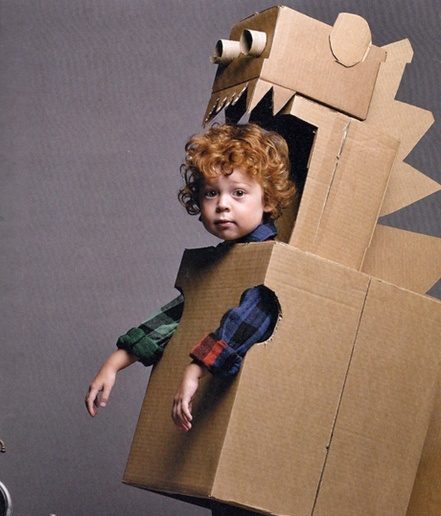A child’s personality type determines how they learn, think, and feel. It’s important to keep personality types in mind when working with kids both inside and outside of the classroom. Check out Tutor Doctor’s tips for understanding your child’s personality type:
First and foremost, it’s important to remember that personality is an abstract concept in itself – it’s not like we can take a blood test and empirically determine a person’s “type.” Furthermore, it’s unlikely that people adhere to any one personality type exclusively, as we often have multiple traits in different categories that make up our character. There are quite a few schools of thought on categorizing personalities, but for today we’ll stick with two of the most well known theories. In general, when analyzing personality traits, it’s best to be open to multiple ideas.
Type A vs Type B. Arguably the most well-known personality theory, Type A and Type B describe two contrasting personality types that fall at opposite ends of the spectrum. Type A personalities are said to be more high-strung, competitive, and ambitious. On the other hand, Type B personalities are said to be more passive, reserved, and less stressed. These are highly general areas, so it’s best to think of these as a continuum rather than a categorical choice. Some students will be highly Type A or B, whereas others may find themselves somewhere in the middle.
It’s important to remember that both personality types have strengths and challenges. Type A students are often seen as “go-getters” – more organized and eager to achieve. However, this also makes Type A prone to high stress levels, perfectionism, and setting unrealistic standards for oneself. With Type A children, you should always encourage their ambition. However, recognize if your student is overexerting or becoming too hard on themselves.
Type B students are often more reflective, and tend to take a more passive approach towards education. A common misconception is that Type B students get lower grades than Type A students, which is absolutely untrue. There are plenty of Type B personalities with straight A’s (no pun intended) – however, these students are more likely to take an easygoing, steady approach to their academic routine. Having a calm state of mind can be incredibly beneficial when learning new information. However, Type B students may also find themselves less likely to speak up in class, and their relaxed approach towards challenges can sometimes result in time management difficulties or struggling to reach their full potential.
The Myers-Briggs Type Indicator (MBTI). The Myers-Briggs personality questionnaire has been in use since World War II, and the indicators outlined describe a total of 16 possible personality types. To simplify things, the Myers-Briggs approach can be split into four main categories:
- Extraversion / Introversion – This category describes a person’s focus (inner our outer). Extraverted children are outgoing and talkative, whereas introverts are more reserved and self-reflective.
- Sensing / Intuition – This category has to do with how we perceive the world around us. “Sensing” individuals are more likely to focus on the reality of how things are, taking information at face value (what they can see and hear). Intuitive individuals are more likely to envision alternatives or hidden possibilities, and tend to focus more on the “bigger picture” rather than concrete details.
- Thinking / Feeling – Individuals in the “Thinking” category are more factual and prefer to make decisions with logical reasoning. “Feeling” individuals are more likely to be empathetic, recognizing the impact of emotions on our decisions.
- Judging / Perceiving – Individuals in the “Judging” category believe in firm rules, organization, and planning ahead. “Perceiving” individuals prefer a blank canvas, leaving their options open for whatever direction life takes them.


